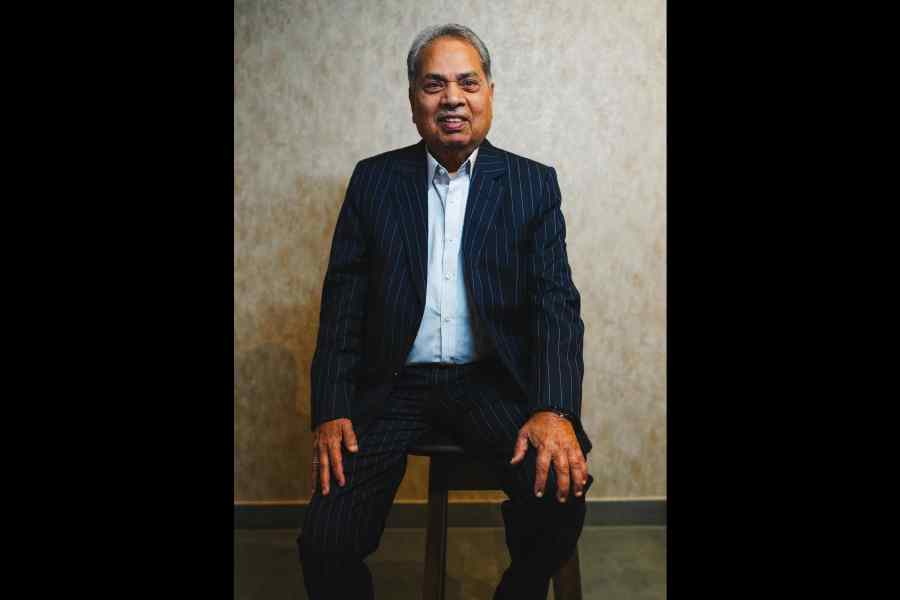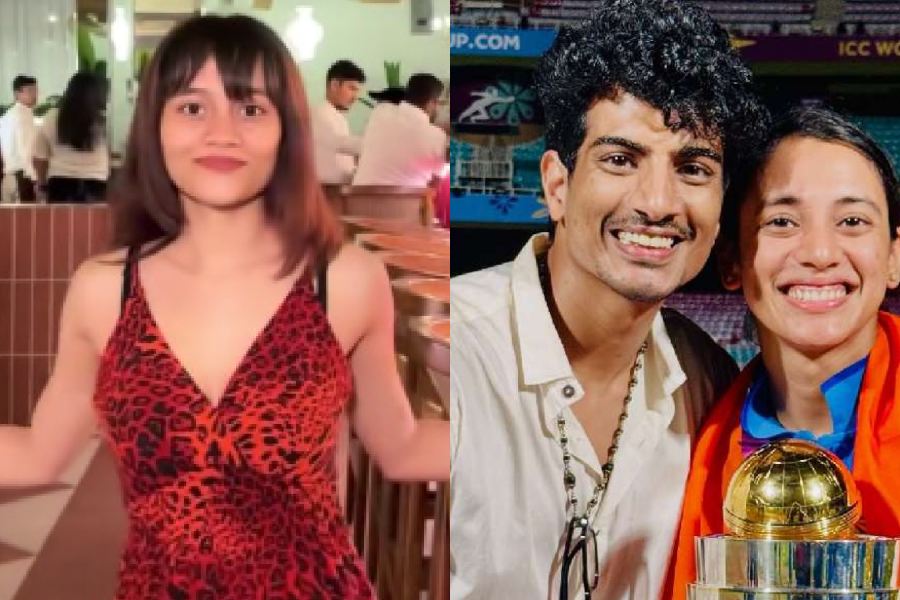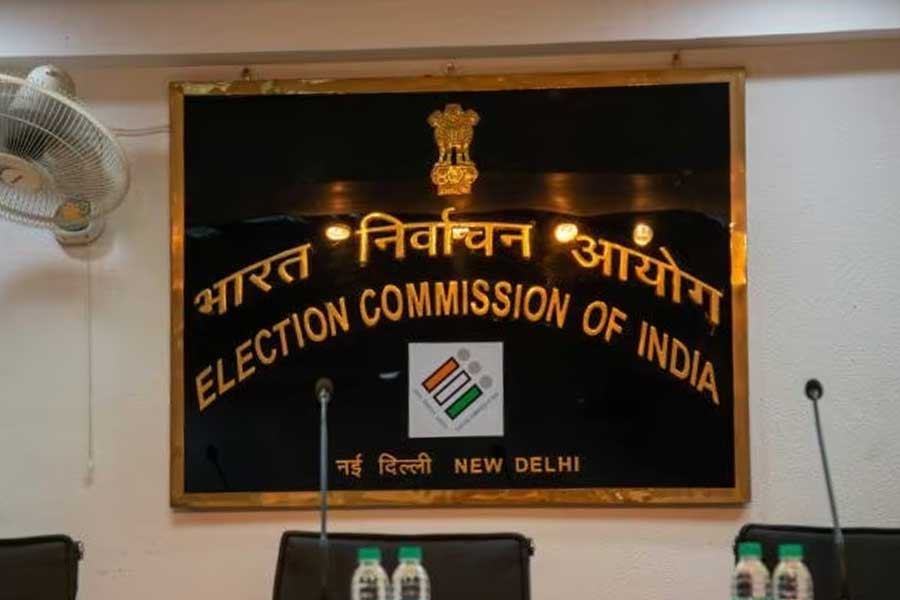Madhav Agasti, the man who is known for designing Amrish Puri’s clothes in the blockbuster film Mr. India where he played the inimitable Mocambo, and who has designed costumes in over 350 films, has penned down his journey with the stars and their costumes in his book Stitching Stardom: For Icons, On and Off screen. A luminous exploration of the many threads — personal, artistic, and societal — Agasti traces the quiet moments in his life as a dress designer for Bollywood stars as well as politicians, offering readers a narrative that is as introspective as it is inspiring. A tete-a-tete with Agasti.
Your journey began in the bustling lanes of Mumbai without any formal training. What do you remember most vividly about those early years when tailoring was still just a dream, not yet a destiny?
What I remember most is hunger — not for food, but for skill. I would stand for hours watching senior tailors work, memorising every movement of their fingers. There was no teacher, no apprenticeship. My classroom was the street, and my textbook was observation. Those early years were filled with struggle, yes, but also an innocence and fire I still carry with me.
You grew up in a city where there is aspiration, struggle, dreams, cinema, politics.... How much did Mumbai shape your eye for character and personality?
Mumbai trains your eyes before it trains your hands. You see thousands of faces every day — ambition, exhaustion, power, insecurity. The city taught me that clothes are not just fabric; they are emotion and identity. That understanding became the backbone of my work in both cinema and public life.
You weren’t just a tailor, but a makeup artist and wig-maker. Tell us about that.
To me, a character was never complete without the costume. The hairline, the wig, the beard, the makeup — these are what give the costume its soul. Learning these crafts allowed me to build a character from head to toe. I wasn’t stitching clothes; I was stitching personalities.
You have designed for over 350 films, yet Mogambo from Mr. India remains unforgettable. What was the creative spark behind that iconic villainous look?
Director Shekhar Kapur and producer Boney Kapur told me he wanted a villain who felt larger than life, almost theatrical. The spark came from imagining a man who believed he ruled the world even when he entered a room alone; power mixed with madness. That idea became Mogambo’s spine, and the costume followed naturally.
Was there ever a moment when an actor’s personality completely changed your initial design direction?
Yes, many times. An actor enters with a certain energy. Sometimes louder than any script. Once, an actor walked in with such quiet intensity that every flamboyant sketch I had made felt wrong. I had to redesign the entire look in silence, inspired by his presence rather than the role.
This is the first time you’ve opened your life to the public. Was there a particular moment that convinced you it was time to tell your story?
When I turned 75, I realised my journey belonged not just to me but to the next generation. For decades, my work lived behind the camera, behind the curtains. I wanted my struggles, mistakes, and learnings to guide young craftsmen.
Looking back at five decades, what was the most significant transformation you witnessed in filmmaking, fashion, or politics?
The biggest change has been speed. Earlier, fittings, corrections, and rehearsals took time. Today, everything moves at a lightning pace. Technology has changed filmmaking, globalisation has changed fashion, and communication has changed politics. But the essence of craft — precision — remains the same.











